key issues door skins purchasing
The research and purchase of door skins are of great significance to wooden door manufacturers. Door skins are the raw material that accounts for the largest proportion of the entire wooden door cost, and are also the decisive raw material for determining the appearance and style of the door. So as a wooden door manufacturer, how should you make an overall plan when purchasing or researching door skin suppliers?
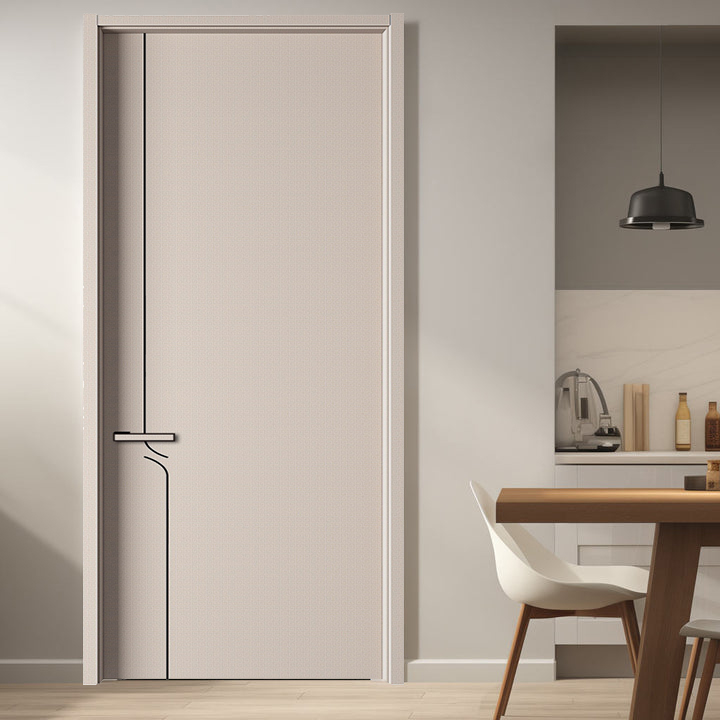
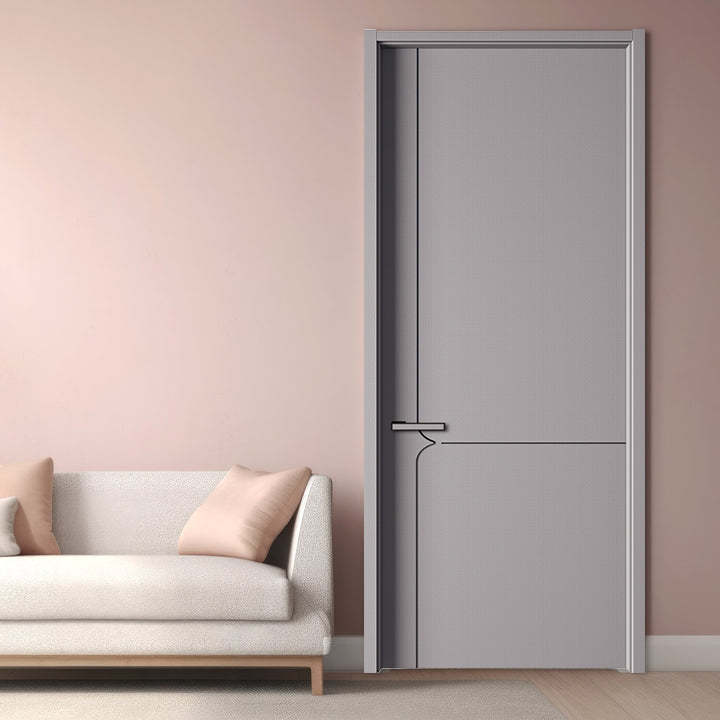
When purchasing door skins as raw materials for making wooden doors, you should pay attention to the following key issues:
- Material selection
Solid wood composite materials or MDF: Paint-free doors are usually made of solid wood composite materials or medium-density fiberboard (MDF). It is necessary to ensure that the material quality is reliable, without knots, and the connection is firm.
- Surface treatment
Check the surface quality: Make sure that the surface of the door skin is flat, scratch-free, uniform in color, and clear in texture.
Observe for bubbles: If it is a veneer door skin, it is necessary to observe whether the wood skin has bubbles to avoid problems caused by uneven heating or uneven glue application.
- Environmental performance
Formaldehyde content: Smell the door skin at a close distance. If there is a pungent smell or discomfort, it means that the formaldehyde content is high and should be selected carefully.
Environmental certification: Check whether the door skin has the quality certificate and environmental label issued by the state to ensure that the environmental performance meets the standards.
- Wear resistance and durability
Wear resistance test: Understand the wear resistance of the door skin, which is suitable for families with children or pets.
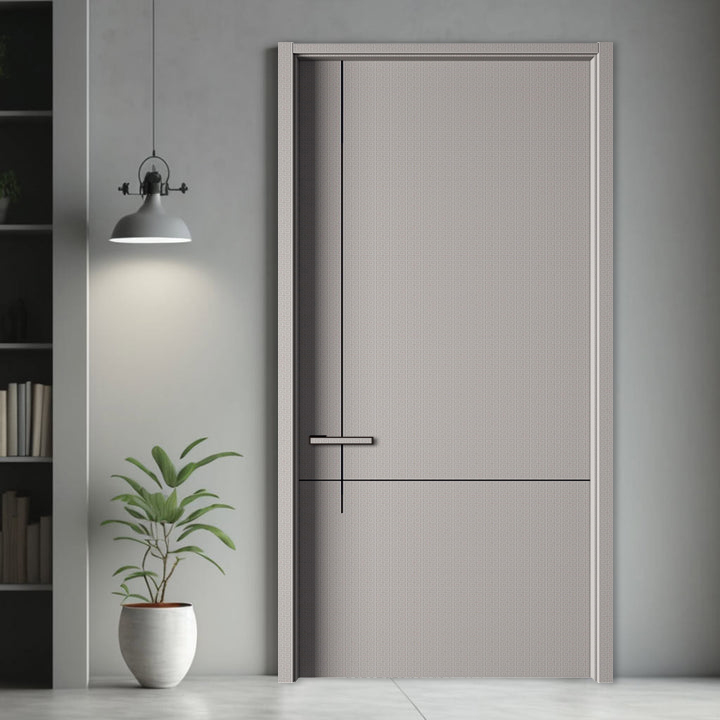
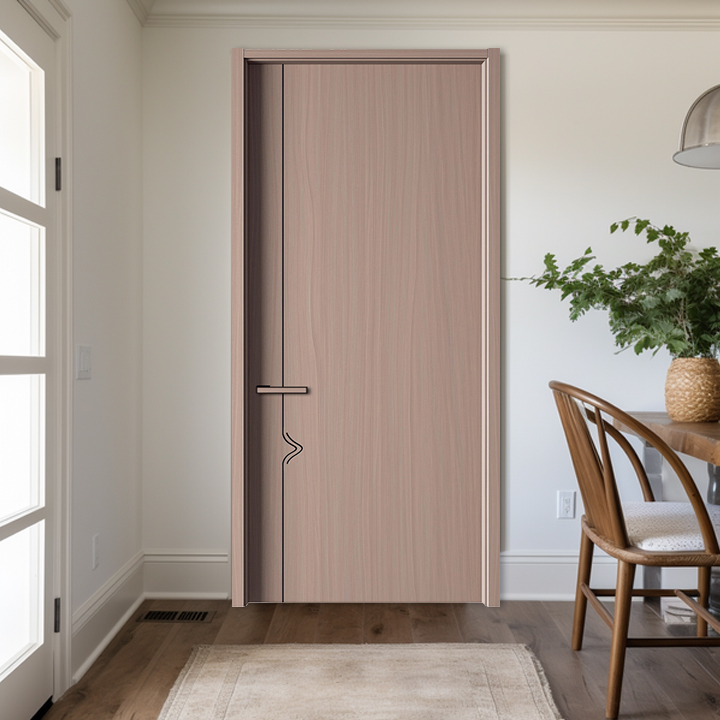
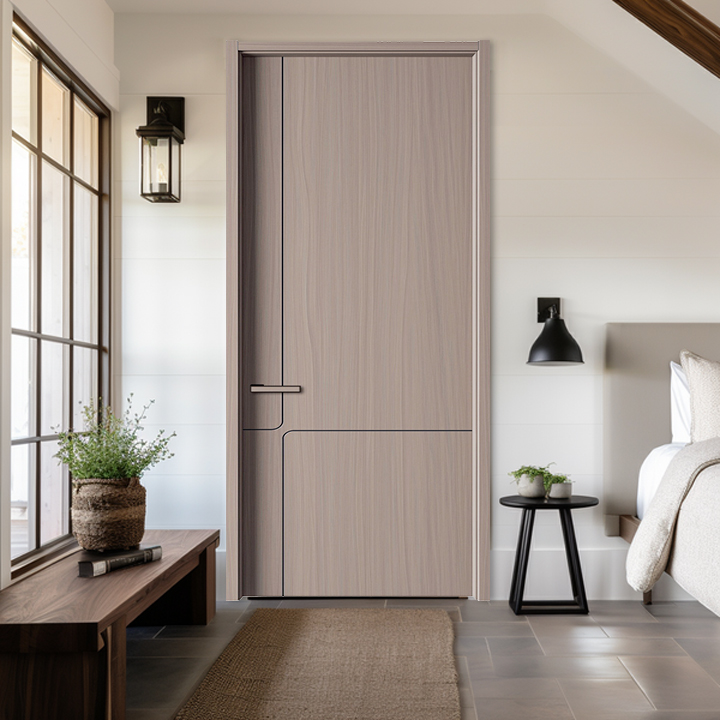
Service life: Ask about the service life of the door skin, as well as the requirements for daily maintenance and moisture-proof treatment.
- Brand and price
Brand selection: Choose a well-known brand to avoid buying counterfeit and shoddy products and ensure reliable quality.
The production process of paint-free MDF door skin
In order to do a good job in door skin research and procurement, in addition to understanding the above key issues, we should also be familiar with and master the production process of door skin. This section will explain in detail the main production process of door skin.
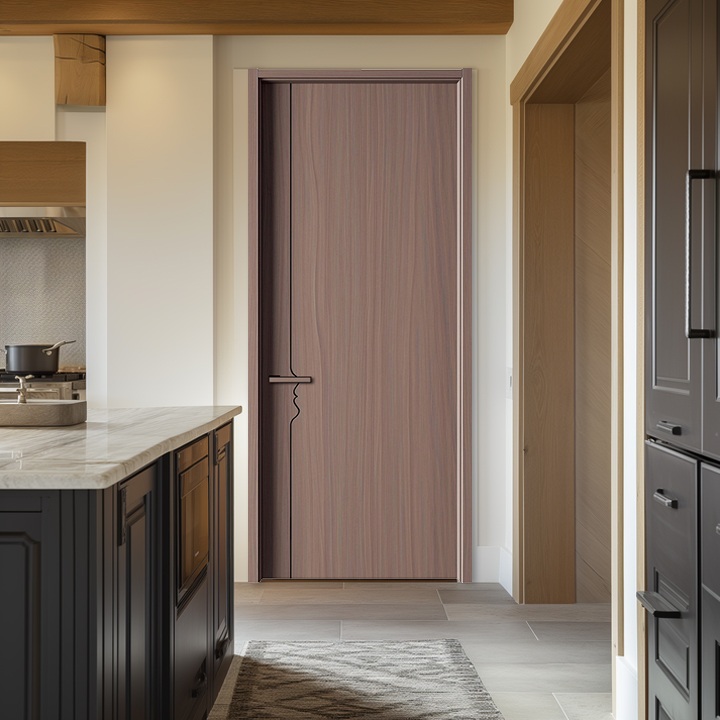
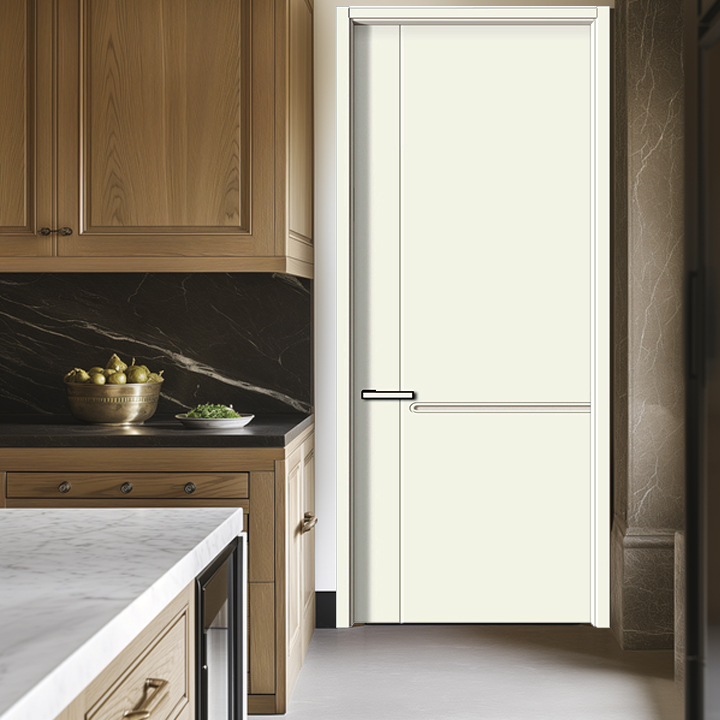
The production process of paint-free MDF door skin mainly includes the following key steps:
- Raw material preparation
Select high-density fiberboard (HDF) or medium-density fiberboard (MDF) as the main raw material.
Prepare auxiliary materials such as decorative paper, adhesives and films.
- Board preparation
Put the HDF or MDF board into the hot press for hot pressing to make the surface of the board flat and improve the strength and hardness.
During the hot pressing process, toughening agents and anti-UV agents can be added to enhance the UV resistance and durability of the paint-free board.
- Processing process
Paste the decorative paper on the surface of the board. The choice of decorative paper can be made according to customer needs.
Cover the film to protect the surface of the board from scratches and pollution.
According to customer needs, the board is cut, punched, and perforated to meet different application needs.Through the above steps, the paint-free MDF door skin can be made.
Advantages and disadvantages of paint-free MDF door skins
For buyers, knowing the key issues of door skin procurement and mastering the production process of door skin can only help us master more comprehensive professional knowledge. If you want to be an excellent door skin buyer, you also need to have a deep understanding of the advantages and disadvantages of door skin. This section will give you a detailed introduction to the advantages and disadvantages of door skin.
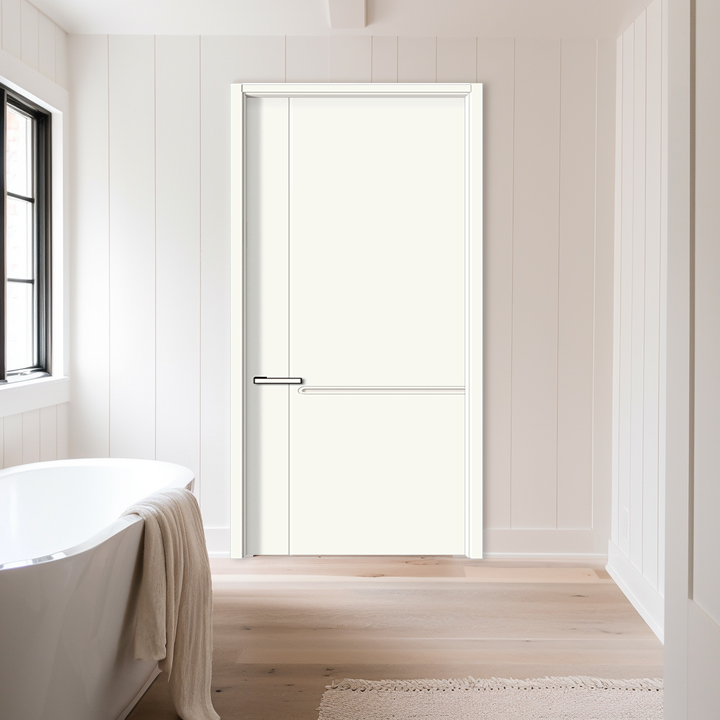
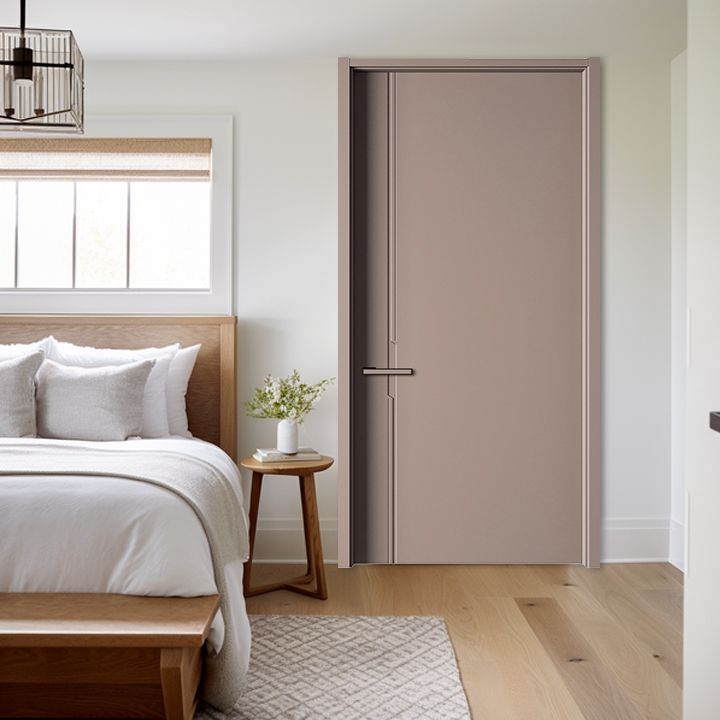
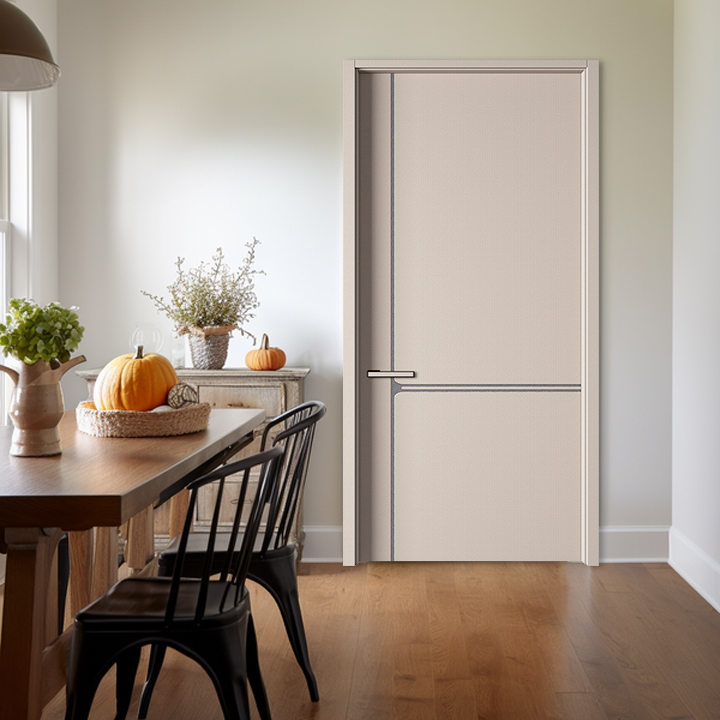
The advantages and disadvantages of paint-free MDF door skins are as follows:
Advantages
| Green and environmentally friendly | paint-free MDF door skins do not use paint during the production process, so they will not release harmful gases, meet environmental protection standards, and are harmless to human health. |
| Time saving | Since traditional paint processes such as sanding, priming, and puttying are omitted, the production cycle is shorter and the delivery time is fast. |
| Beautiful appearance | The surface is mostly the natural color of wood or the texture of logs, with natural beauty, clear grain, excellent texture, and easy to match the home style. |
| Good wear resistance | The surface material is wear-resistant, not easy to scratch or wear, suitable for families with children or pets at home. |
| Reasonable price | The production process is relatively simple, and the price is usually cheaper than the painted door, with high cost performance. |
Disadvantages
| Limited durability | Due to the characteristics of the material, the paint-free MDF door skin is prone to moisture and decay, affecting durability, and requires regular maintenance and moisture-proof treatment. |
| Easy to damage | The surface is relatively soft and is easily damaged by scratches and bumps, so it needs to be used and protected carefully. |
| The color is not full enough | Compared with the painted door, the color of the paint-free MDF door skin may not be full enough and shiny. |
| Easy to change color | In a high temperature environment, the paint-free door panel may change color and the fire resistance is relatively poor. |
Differences between paint-free MDF door skins and painted door skins
After we know the advantages and disadvantages of paint-free door skins, we can also compare them with painted door skins, so that we can more specifically and comprehensively grasp the relevant professional knowledge of door skin procurement. This section will give you a detailed comparison of the differences between paint-free door skins and painted door skins.
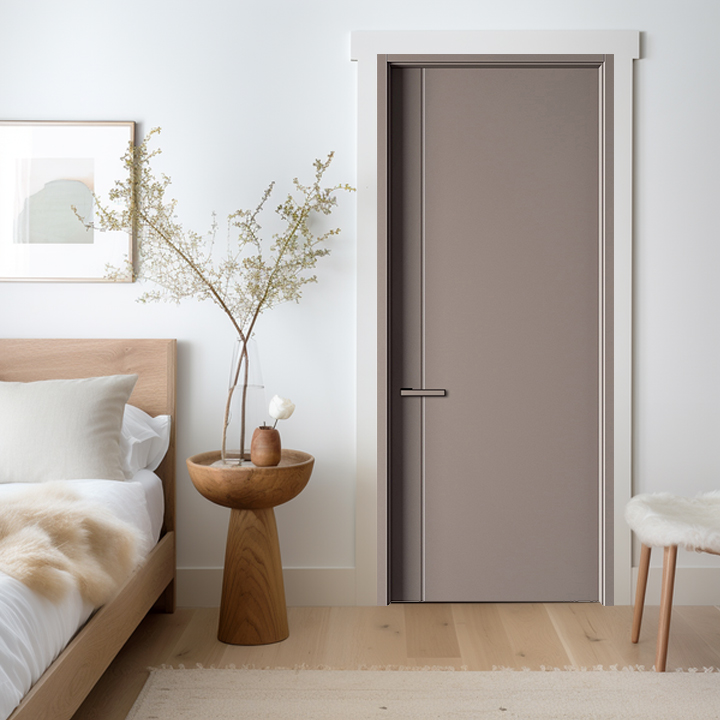
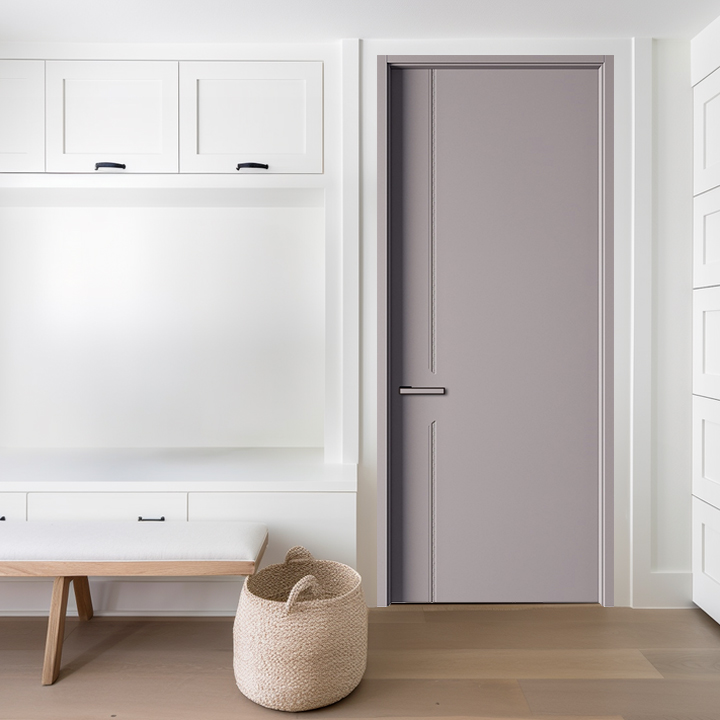
What are the differences between paint-free MDF door skins and painted door skins?
There are several significant differences between paint-free MDF door skins and painted door skins, which are mainly reflected in the following aspects:
- Material and process
Paint-free MDF door skins: usually use high-density fiberboard (MDF) as the base material, and the surface is covered with PVC veneer or wood grain veneer, and no paint treatment is required.
Spray-painted door skins: may use a variety of materials such as density board, solid wood board, etc., and the surface is treated with multiple spraying processes to form a smooth and colorful appearance.
- Appearance effect
Paint-free MDF door skins: The appearance is relatively simple, mainly based on practicality, with relatively limited color and texture selection, but the texture is natural.
Spray-painted door skins: The appearance is more elegant, the colors are vivid and diverse, the glossiness is high, and the decorative effect is good. It is suitable for users who pursue beauty and personalization.
- Price and cost
Paint-free MDF door skins: Due to the relatively simple processing technology, the cost of multiple paint treatments on the surface is reduced, so the price is usually more affordable.
Spray-painted door skins: require multiple processes of spray painting, the manufacturing cost is relatively high, and the price is correspondingly more expensive.
- Durability and maintenance
Paint-free MDF door skin: Although the cost is lower, the durability may be slightly inferior. PVC veneer or wood veneer is easily scratched or bumped, and may age over time.
Spray-painted door skin: A protective film is formed on the surface, which is more durable and easier to clean, but it may also be damaged by impact or scratching.
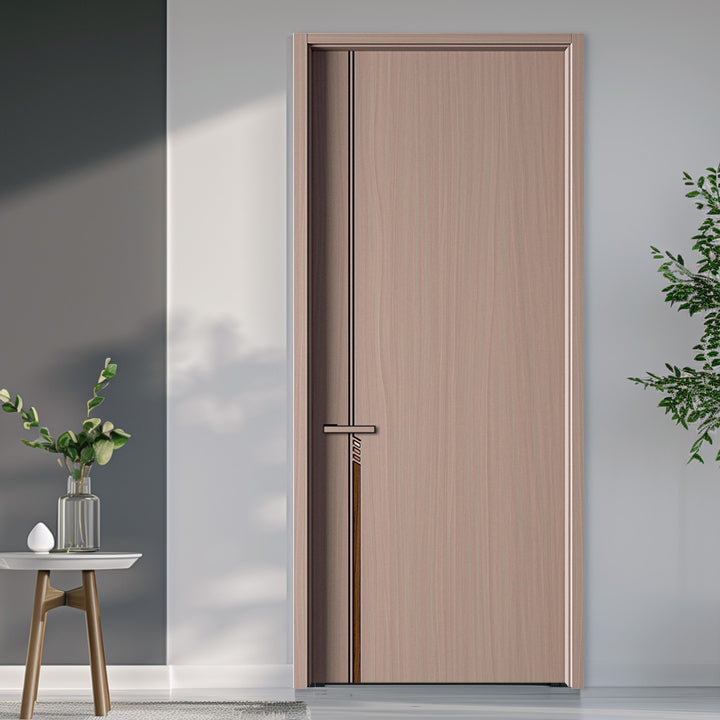
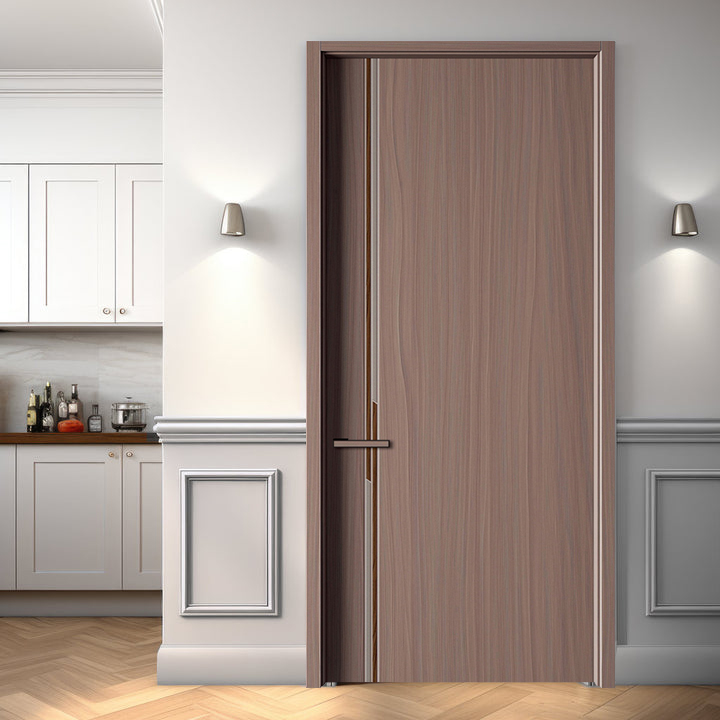
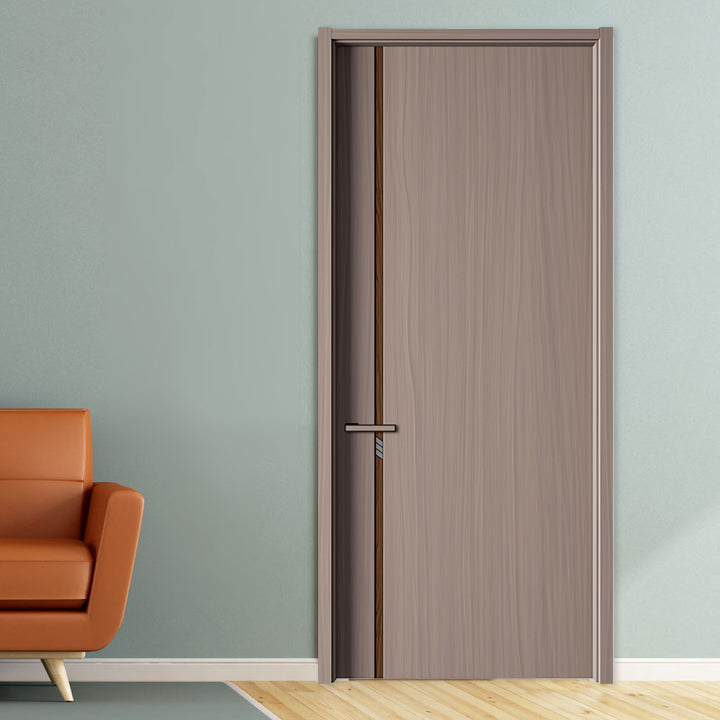
Now, you have a comprehensive understanding of door skins and door skin-related procurement knowledge, so how to proceed with the purchase of door skins? If you have any questions, you can contact the Opanpan team. We will be happy to discuss the relevant industry knowledge of door skins with you.
 Opanpan Door Skins
Opanpan Door Skins